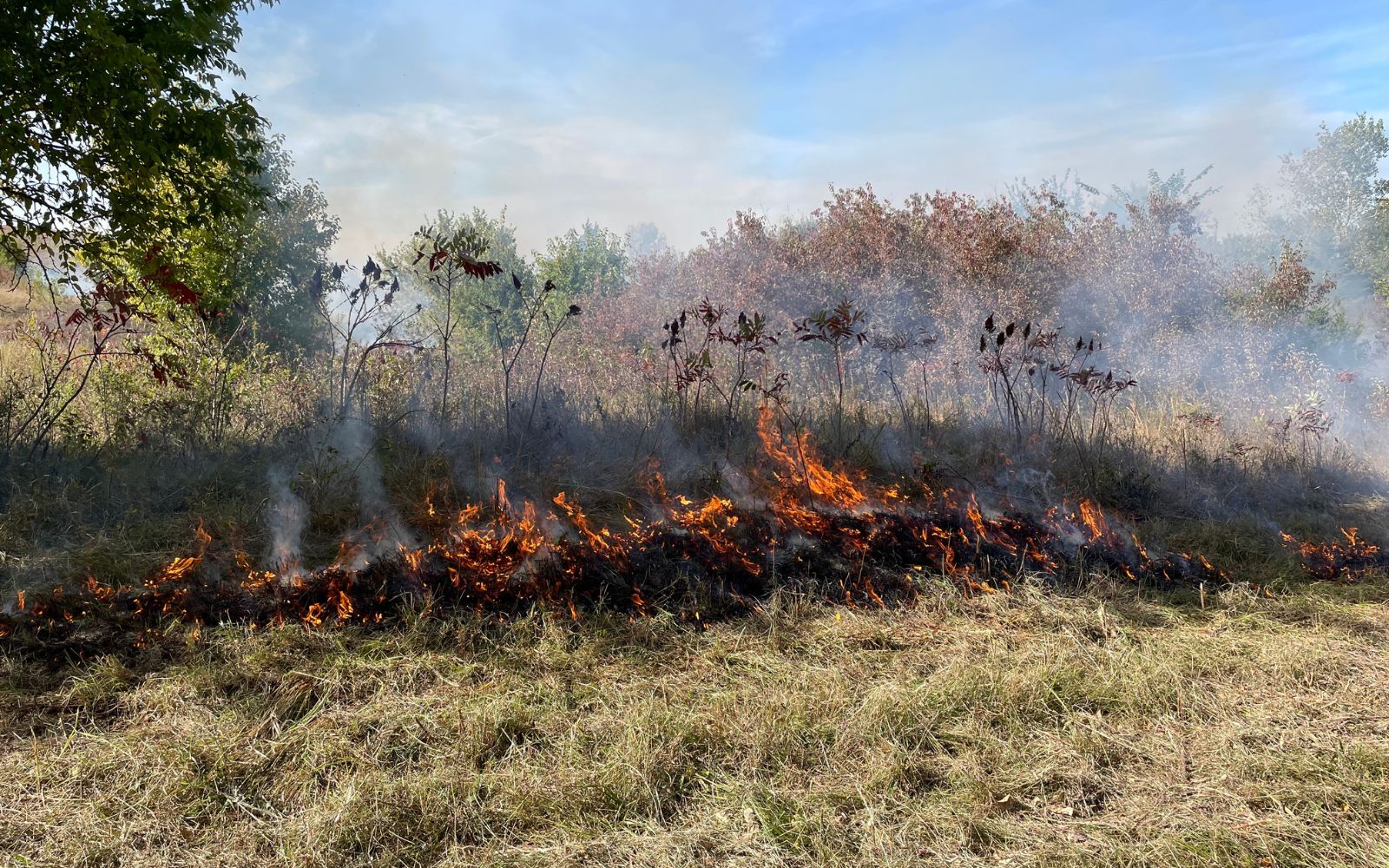
Our History
Serving Kansans Since 1887
The Kansas Forest Service is the nation’s fifth-oldest state forestry agency, with a legacy of service stretching back more than 135 years. Established in 1887 as the Office of the Commissioner of Forestry, the agency has grown into a statewide leader in forestry, wildfire management, and conservation.
Beginnings
In 1887, the Kansas Legislature recognized the importance of forests to the state’s land, communities, and economy. By creating the Office of the Commissioner of Forestry, lawmakers laid the foundation for what would become the Kansas Forest Service. March 10, 1887, marks our official anniversary, a date we continue to honor each year.
Building a Home at Kansas State University

- 1968 – The state office facility was built on the Kansas State University campus in Manhattan, housing the state forester, program coordinators, and support staff.
- 1970 – The Rural Fire Program Shop was added to manage federal excess military property, providing much-needed equipment for rural fire departments across Kansas.
- 1974 – The Conservation Tree Planting Program Greenhouse was constructed, producing container-grown hardwoods, evergreens, and pollinator plants for conservation plantings.
Expanding Service Across Kansas
As Kansas grew, so did the Forest Service.
-
The Conservation Trees and Shrubs Program expanded to distribute bare-root seedlings from out-of-state nurseries, packaged and shipped each spring and fall.
-
District and program offices were established throughout the state, bringing foresters and fire managers directly to landowners, communities, and industries.
-
Areas of specialization expanded to include forest utilization and marketing, water quality, wildfire prevention and management, GIS, communications, and partner outreach.
Carrying the Legacy Forward
From its origins in the late 19th century to today’s 46-member team of foresters, fire managers, and specialists, the Kansas Forest Service continues to evolve while staying true to its mission:
“Sustaining and enhancing natural resources and communities through forestry and wildland fire management.”